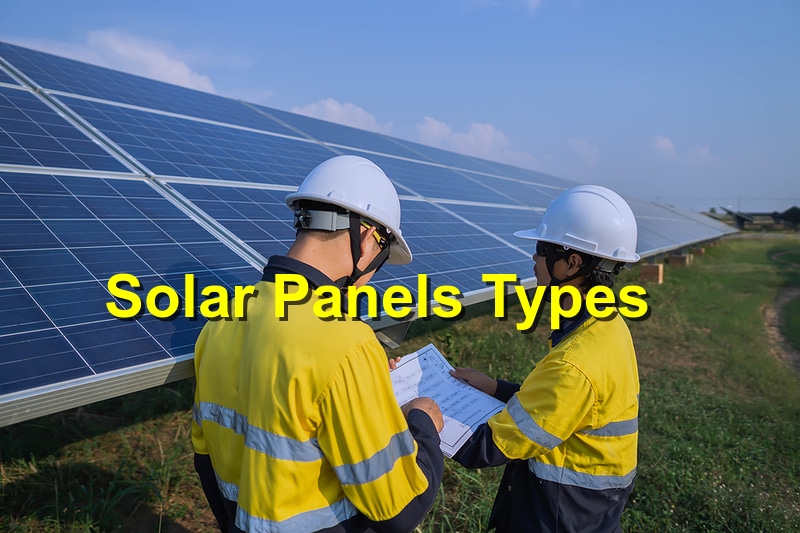A trip to your nearest hardware store will reveal how far solar panels have come. Presently, it is possible to come across vastly different panels that are not just rated for different applications but also perform quite differently when exposed to the sun. They include the likes of polycrystalline, thin-film solar panels, monocrystalline, PERC, and the like. Here’s a quick introduction to that.
- Monocrystalline Solar Panels
These are simply single-crystal panels that are forged from a single silicon crystal. The wafers that make up the panels are usually arranged in columns and rows to form a rectangle that is then framed together and covered with a glass sheet. Their panels can be identified easily through their dark color. What’s more, the panels tend to be the longest-lasting and most space-efficient models that you can get today.
- Polycrystalline Solar Panels
As the name might suggest, polycrystalline solar panels are forged out of different crystals of silicon rather than just a single crystal. The wafers are usually melted and then poured into one square mold that is then used to make multiple polycrystalline cells. According to tests done so far, they tend to possess less efficient when compared to monocrystalline cells. Additionally, they also have a low heat tolerance, although they are cheaper than your average monocrystalline solar panels.
- PERC (Passivated Emitter and Rear Cell ) Panels
Apparently, PERC is a drastic improvement of regular monocrystalline cells. Here, a passivation layer is technically added to the rear surface of regular polycrystalline cells to enhance the efficiency of the underlying monocrystalline solar panel. This reduces the natural tendency of electrons to inhibit the flow of the system electrons or , .
- Thin-Film Solar Panels
These are quite thin and low-profile technology for developing solar panels. As the name might allude, thin film solar panels are approximately 350 times thinner than average crystalline wafers that are used in polycrystalline and monocrystalline panels. Moreover, they are constructed using various materials such as CdTe (cadmium telluride), which is usually placed between different conducting layers to capture sunlight.
In Closing
As you can see, there are quite vastly different solar panel designs that are usually designed for contrasting applications. Either way, it is important to familiarize yourself completely with each of these constructions before investing in your next panel.
References: cleanenergyreviews, buildreview




